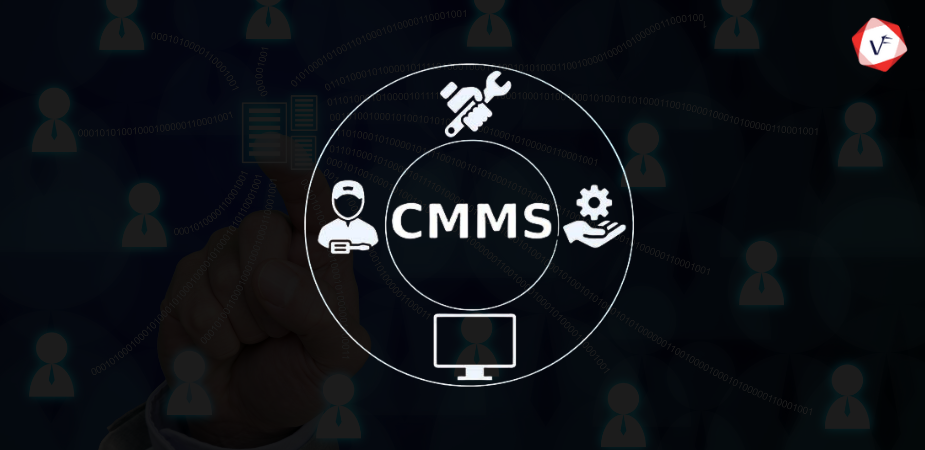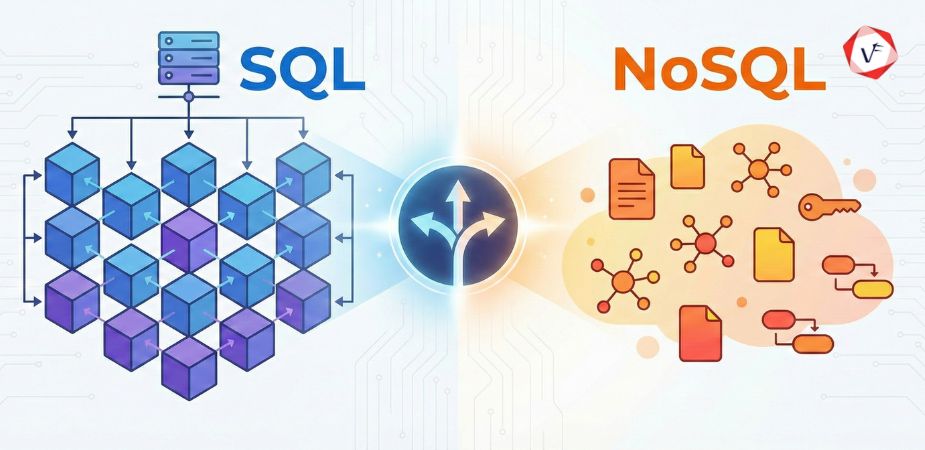- December 22, 2025 5:34 pm
- by Safvana
- December 22, 2025 5:34 pm
- by Ajanth

In the industrial and commercial environments of today, businesses are constantly searching for ways to enhance efficiency, reduce downtime, and optimize asset management. One crucial tool that helps organizations achieve these goals is the Computerized Maintenance Management System (CMMS). CMMS software has revolutionized the way maintenance teams operate, shifting them from reactive to proactive maintenance strategies.
This blog will explore what CMMS is, its features, benefits, applications, and future trends, helping you understand why it is a game-changer in the maintenance industry.
A Computerized Maintenance Management System (CMMS) is a software solution designed to help organizations manage their maintenance activities, track assets, schedule preventive maintenance, and ensure compliance with regulations. CMMS is used across various industries, including manufacturing, healthcare, facilities management, and transportation, to streamline maintenance operations and extend the lifespan of critical assets.
CMMS software serves as a centralized database for maintenance-related information, enabling teams to efficiently plan, execute, and monitor maintenance activities. It replaces traditional paper-based maintenance tracking and reduces human errors, ensuring a more organized approach to maintenance management.
A robust CMMS offers various features that enhance maintenance management. Below are some of the core functionalities:
1. Asset Management
CMMS allows organizations to track and manage assets such as machinery, equipment, vehicles, and buildings. It stores asset details, including serial numbers, purchase dates, maintenance history, and warranty information.
2. Work Order Management
A CMMS simplifies work order creation, assignment, and tracking. Maintenance managers can schedule repairs, assign tasks to technicians, and monitor progress in real-time.
3. Preventive Maintenance Scheduling
Preventive maintenance (PM) is crucial for reducing equipment breakdowns. CMMS automates PM scheduling based on time-based triggers (e.g., every six months) or usage-based triggers (e.g., after 1,000 operating hours).
4. Inventory and Spare Parts Management
CMMS helps track spare parts and inventory levels, ensuring maintenance teams have the necessary supplies on hand. It can send alerts when stock levels are low, preventing delays in repairs.
5. Compliance and Safety Management
Organizations in regulated industries must adhere to safety and compliance standards. CMMS helps maintain compliance by documenting inspections, generating reports, and ensuring proper record-keeping for audits.
6. Reporting and Analytics
CMMS provides valuable insights into maintenance performance through reports and dashboards. Key metrics such as mean time between failures (MTBF) and mean time to repair (MTTR) help businesses optimize maintenance strategies.
7. Mobile Accessibility
Modern CMMS solutions offer mobile applications that allow technicians to update work orders, track assets, and access maintenance history from anywhere, improving productivity.
8. Integration with Other Systems
CMMS can integrate with Enterprise Resource Planning (ERP) software, IoT sensors, and Building Management Systems (BMS) for a seamless maintenance management experience.
1. Increased Equipment Uptime
By scheduling preventive maintenance and quickly addressing issues, CMMS reduces equipment downtime, leading to more efficient operations.
2. Cost Savings
Reactive maintenance is costly. CMMS minimizes emergency repairs, extends asset lifespan, and reduces unnecessary labor costs, resulting in significant cost savings.
3. Improved Productivity
CMMS streamlines maintenance workflows, enabling technicians to focus on high-priority tasks rather than paperwork or manual tracking.
4. Better Inventory Management
By monitoring spare parts inventory, CMMS prevents overstocking and stockouts, optimizing supply chain efficiency.
5. Enhanced Regulatory Compliance
CMMS helps businesses comply with industry regulations by maintaining accurate maintenance records, generating reports, and ensuring equipment inspections are conducted on time.
6. Data-Driven Decision-Making
With detailed analytics and performance reports, organizations can make informed decisions to optimize maintenance strategies and reduce costs.
7. Safety Improvements
Regular maintenance ensures equipment operates safely, reducing workplace accidents and enhancing overall safety compliance.
CMMS is widely adopted across multiple sectors. Here are some industries that benefit from CMMS implementation:
1. Manufacturing: Factories rely on CMMS to keep production machinery running smoothly, reducing unplanned downtime and increasing efficiency.
2. Healthcare: Hospitals and healthcare facilities use CMMS to maintain medical equipment, ensure regulatory compliance, and improve patient safety.
3. Facilities Management: Commercial buildings, hotels, and corporate offices use CMMS to track maintenance tasks for HVAC systems, elevators, plumbing, and electrical equipment.
4. Transportation and Logistics: CMMS helps manage fleet maintenance, ensuring vehicles are in optimal condition, reducing breakdowns, and improving delivery reliability.
5. Energy and Utilities: Power plants, water treatment facilities, and utility companies use CMMS to maintain infrastructure and comply with industry regulations.
6. Education and Government: Schools, universities, and government buildings use CMMS for facility maintenance, improving the longevity of assets and infrastructure.
Selecting the right CMMS depends on several factors, including:
The future of CMMS is promising, with technological advancements enhancing its capabilities. Key trends include:
A Computerized Maintenance Management System (CMMS) is a powerful tool that enhances asset management, improves maintenance efficiency, and reduces operational costs. Whether you operate in manufacturing, healthcare, or facilities management, implementing CMMS can transform how you manage maintenance tasks.
By choosing the right CMMS and leveraging emerging technologies, businesses can stay ahead in an increasingly competitive landscape. If you’re considering a CMMS solution, now is the time to explore its potential and optimize your maintenance operations for long-term success.
Guaranteed Response within One Business Day!

Database Selection Guide: SQL vs NoSQL
AI Agents in Enterprise Software: How Autonomous AI is Transforming Business Operations
Manufacturing 4.0: AI and IoT Transforming Production Lines

Progressive Web Apps vs Native Apps: Which Should You Choose in 2026?

What is Citizen Development?